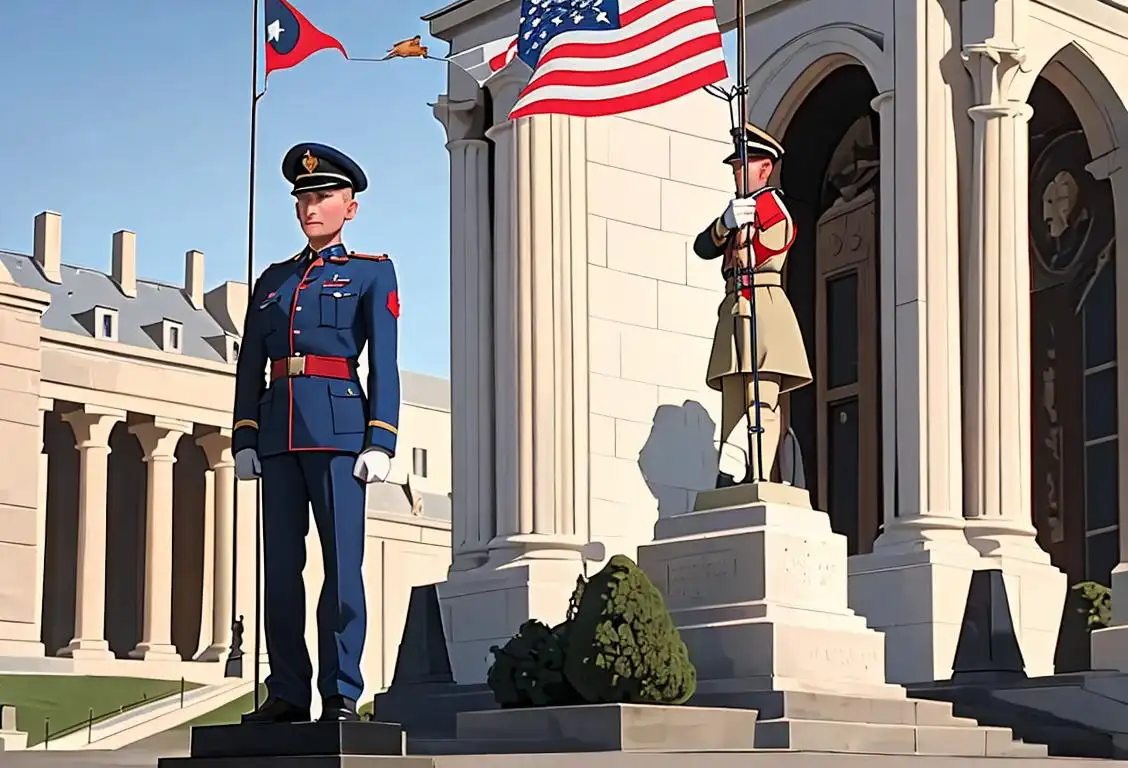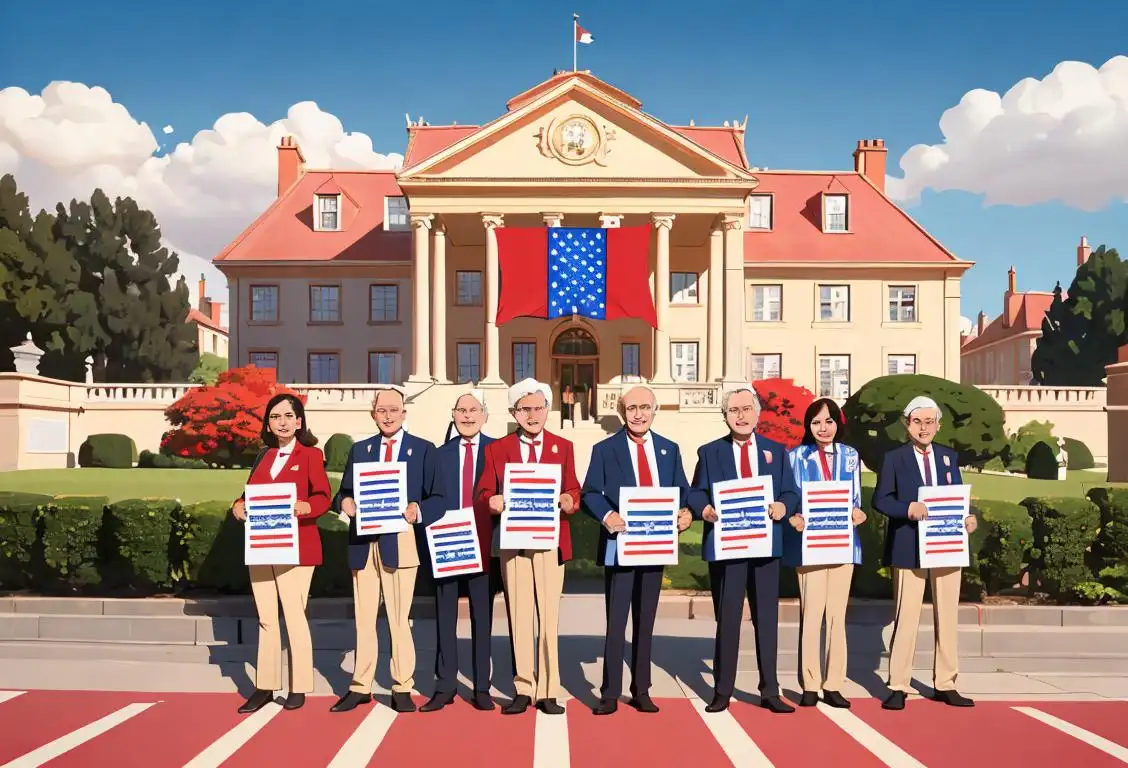National War Memorial Day

Welcome to National War Memorial Day! This is a day to honor and remember the brave souls who have fought and continue to fight for our freedom. Join us as we delve into the history of this important day and discover some fascinating facts along the way.
When is War Memorial Day?
It's national war memorial day on the 11th November.
The Origins of National War Memorial Day
On this day, we pay tribute to those who have made the ultimate sacrifice in service to their country. National War Memorial Day holds a special place in the hearts of people worldwide, as it commemorates the soldiers, sailors, and airmen who gave their lives to protect the values we hold dear.
The origins of National War Memorial Day can be traced back to the aftermath of World War I. In many countries, great numbers of soldiers were lost in the conflict, leaving communities devastated and in need of a way to remember and honor their fallen heroes. As a result, countries around the world established designated days to commemorate these courageous individuals.
How National War Memorial Day is Celebrated
On this solemn day, people gather at war memorials, cemeteries, and other sacred sites to pay their respects. Ceremonies are held, wreaths are laid, and moments of silence are observed in remembrance of the fallen. It is a time to reflect not only on the sacrifice of those who have given their lives, but also on the profound impact war has had on society as a whole.
While National War Memorial Day is a day of somber reflection, it is also an opportunity to express gratitude and support for the men and women who currently serve in the armed forces. Many people use this day to write letters, send care packages, or donate to organizations that support veterans and their families.
A Fun Fact About National War Memorial Day
Did you know that the poppy flower is often associated with National War Memorial Day? This iconic red flower became a symbol of remembrance after the publication of the famous war poem 'In Flanders Fields' by Lieutenant Colonel John McCrae. In many countries, people wear poppy pins or place poppy wreaths as a sign of respect for fallen soldiers.
History behind the term 'War Memorial'
1864
Origins of war memorials
The term 'war memorial' originated in 1864, following the American Civil War. The devastating conflict prompted different communities to find ways to commemorate the lives lost during the war. This led to the establishment of war memorials, physical structures that served as a reminder of the sacrifices made by soldiers.
1917
The Great War and widespread memorialization
During World War I, commonly known as The Great War, the scale of human loss was unprecedented. The war had a profound impact on societies, not only due to the immense tragedy but also because it involved the mobilization of entire nations. As a response to the scale of devastation, war memorials became even more prevalent as communities sought to honor and remember their fallen soldiers.
1921
The Tomb of the Unknown Soldier
In 1921, the concept of the Tomb of the Unknown Soldier was introduced. This concept represented a symbolic resting place for unidentified soldiers who died in war. The first such tomb was established in Westminster Abbey, London, as a way to honor the countless soldiers whose remains were never identified and provide a focal point for remembrance.
1932
War memorials after World War I
The aftermath of World War I saw an increase in the construction of war memorials worldwide. These memorials took various forms, including statues, cenotaphs, and commemorative plaques. The intent was to ensure that the sacrifices of the war were not forgotten and to create spaces for collective mourning and reflection.
1945
World War II and expansion of war memorials
World War II marked another period of immense loss and devastation. As a result, the construction of war memorials increased again. This time, there was not only a focus on honoring fallen soldiers but also on commemorating the civilian casualties of war. This expansion of war memorials reflected the broader recognition that war had far-reaching consequences on society as a whole.
1982
National war memorials
In some countries, national war memorials were established to honor all those who served in the armed forces. These memorials serve as focal points for national remembrance and often feature elaborate designs and symbolic elements. National war memorials aim to unite the nation in recognizing the sacrifices made by servicemen and women throughout history.
Present
Evolution of war memorials
In the present day, war memorials continue to evolve. While traditional forms such as statues and cenotaphs remain common, new forms of memorialization have emerged. These include digital memorials, interactive installations, and immersive experiences. The ever-changing landscape of war memorials reflects society's ongoing need to remember the past and honor those who gave their lives in service.
Did you know?
Fun Fact: Did you know that the poppy flower is often associated with National War Memorial Day? This iconic red flower became a symbol of remembrance after the publication of the famous war poem 'In Flanders Fields' by Lieutenant Colonel John McCrae.Tagged
awareness rememberanceFirst identified
11th November 2019Most mentioned on
11th November 2019Total mentions
1009Other days
Voters Day
Unemployed Day
Suicide Prevention Day
Cancer Survivors Day
Memorial Day
Bestfriends Day
Heroes Day
Liberation Day
Pumpkin Day
Gymnastics Day









